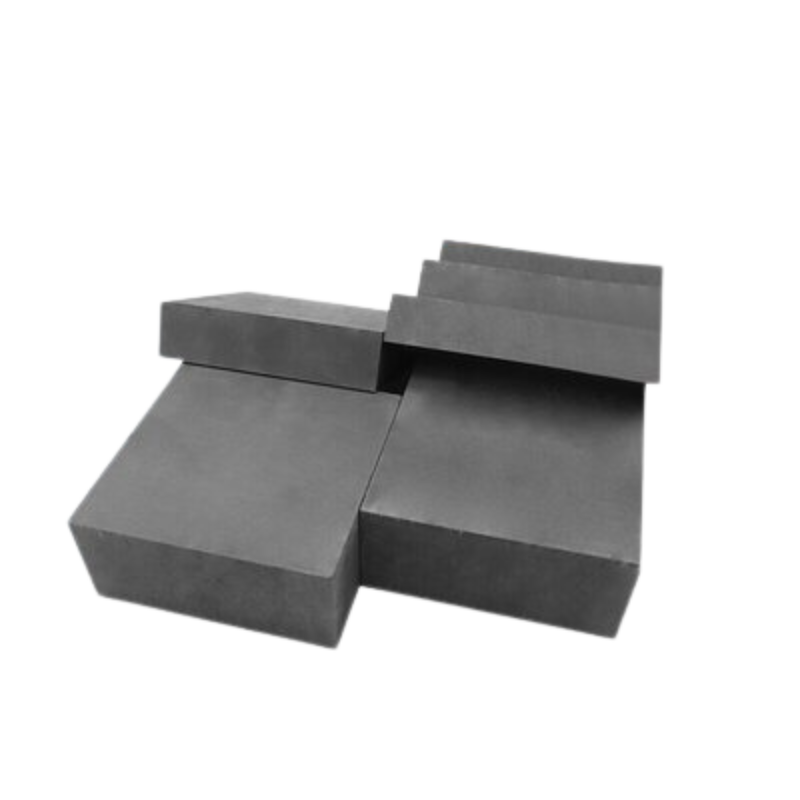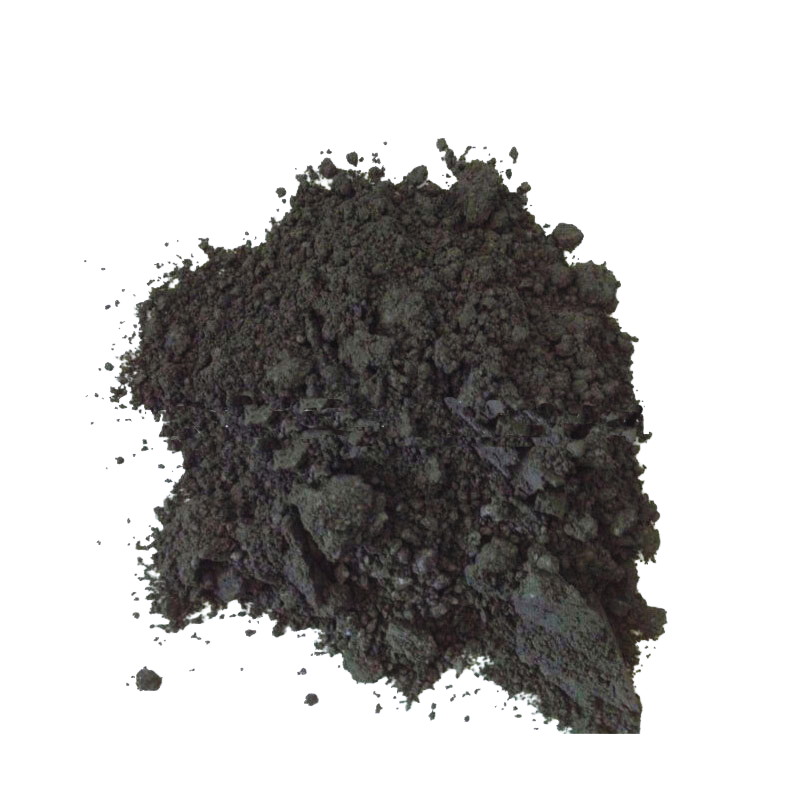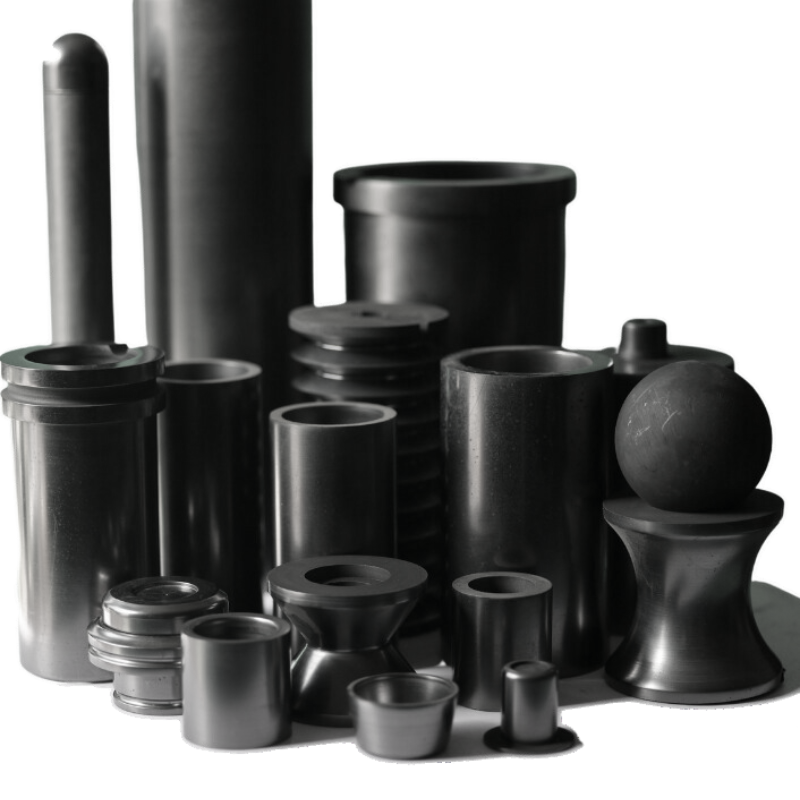In the ever-evolving landscape of rapid prototyping, engineers and designers are continually seeking innovative solutions to accelerate the product development cycle without compromising on precision. One such groundbreaking technology that has emerged as a game-changer is the utilization of graphite molds. These molds, with their unique properties, bring forth a myriad of advantages, enabling a seamless transition from design to prototype. In this article, we delve into the world of graphite molds for rapid prototyping, exploring their benefits, applications, and the transformative impact they have on the prototyping process.
Understanding the Essence of Graphite Molds
Graphite molds, crafted from high-purity graphite materials, are becoming increasingly popular in the realm of rapid prototyping due to their exceptional properties. Graphite, known for its high thermal conductivity, low thermal expansion, and chemical inertness, makes for an ideal material for creating molds that can withstand the demanding conditions of the prototyping process.
The unique combination of these properties allows for precise and consistent reproduction of intricate designs, making graphite molds a preferred choice for industries ranging from aerospace and automotive to electronics and consumer goods.
Precision Redefined: The Advantages of Graphite Molds
1.Dimensional Accuracy:
Graphite molds excel in providing unparalleled dimensional accuracy. The low thermal expansion of graphite ensures minimal deformation during the cooling process, resulting in prototypes that faithfully mirror the intended design specifications.
2.High Thermal Conductivity:
The exceptional thermal conductivity of graphite molds facilitates rapid and uniform cooling of the molten material. This not only accelerates the solidification process but also enhances the overall efficiency of the prototyping cycle.
3.Surface Finish:
Graphite molds contribute to achieving a superior surface finish on prototypes. The smooth and fine-grained surface of graphite imparts a level of detail and quality that is crucial in the evaluation of design concepts and functionality.
4.Durability:
The robust nature of graphite makes the molds highly durable, capable of withstanding multiple casting cycles without compromising on quality. This longevity reduces the need for frequent mold replacements, resulting in cost savings for manufacturers.
Applications Across Industries
The versatility of graphite molds extends across a spectrum of industries, each benefitting from the unique advantages they offer in rapid prototyping.
1.Aerospace:
In the aerospace industry, where precision and lightweight components are paramount, graphite molds play a crucial role in shaping intricate parts for prototypes. The ability to reproduce complex geometries with high fidelity ensures that designers can evaluate and iterate on their concepts effectively.
2.Automotive:
Automotive manufacturers leverage graphite molds for prototyping components such as engine parts, intricate components, and lightweight structures. The efficiency and accuracy of graphite molds contribute to streamlining the design and testing phases, expediting the development of new vehicle models.
3.Electronics:
The electronics industry benefits from the precision of graphite molds in producing intricate circuit board designs and small-scale electronic components. The ability to rapidly prototype these components accelerates the pace of innovation in the electronics sector.
4.Consumer Goods:
Graphite molds find applications in the rapid prototyping of consumer goods, including intricate designs for household items, packaging, and aesthetically pleasing product prototypes. The speed and precision offered by graphite molds are invaluable in meeting the ever-changing demands of consumer preferences.
Graphite Molds: A Sustainable Solution
In addition to their technical advantages, graphite molds contribute to sustainability in the manufacturing process. The durability and reusability of graphite molds reduce the generation of waste associated with traditional prototyping methods. This aligns with the growing emphasis on sustainable practices in the manufacturing industry.
Moreover, the energy efficiency inherent in the rapid cooling capabilities of graphite molds leads to reduced energy consumption during the prototyping process. This not only lowers operational costs but also aligns with the broader goal of minimizing the environmental impact of industrial processes.
Overcoming Challenges in Graphite Mold Prototyping
While graphite molds offer a plethora of benefits, it’s crucial to acknowledge and address potential challenges associated with their use. Proper mold design and maintenance are paramount to ensuring consistent quality across multiple casting cycles. Regular inspection and refurbishment of graphite molds help mitigate issues such as surface wear and degradation over time.
Additionally, the initial investment in high-quality graphite molds may be perceived as a barrier for some manufacturers. However, the long-term benefits, including reduced production costs and enhanced product development timelines, make graphite molds a strategic investment for businesses committed to staying at the forefront of innovation.
Conclusion: Paving the Way for Future Prototyping
Graphite molds have emerged as a catalyst in the evolution of rapid prototyping, offering a winning combination of precision, efficiency, and sustainability. As industries continue to push the boundaries of innovation, the role of graphite molds in shaping the future of product development cannot be overstated.
Embracing this advanced technology not only accelerates the prototyping process but also empowers designers and engineers to push the boundaries of creativity, ushering in an era where ideas can seamlessly transition from concept to reality. The integration of graphite molds into the rapid prototyping landscape marks a paradigm shift, unlocking new possibilities and propelling industries towards a future defined by precision and efficiency.





